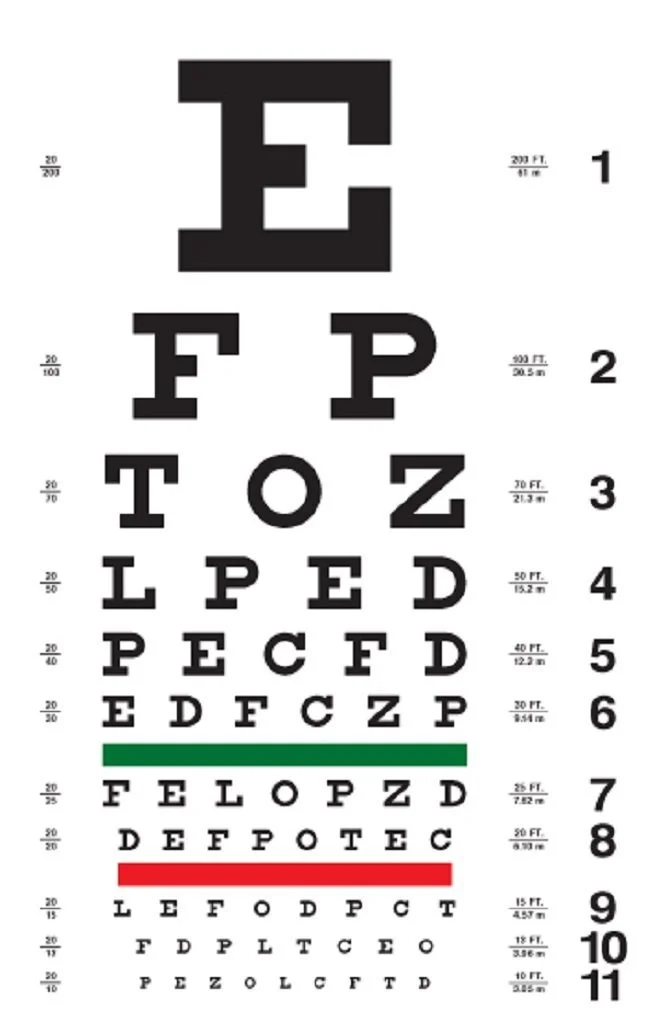What to expect
during your appointment
Pre-Exam Tests & Wellness Tests:
A technician will often perform a few basic tests before you see the doctor, including a color sensitivity test, peripheral vision test, a glaucoma (or “air puff” test) and a cover test to determine how well your eyes work together as well as measure the pressure of your eyes. The technician may also use an autorefractor, which automatically measures your vision prescription, to a possible baseline of you prescription.
Pupillary Reactions:
Using a light, the doctor checks your pupils’ responsiveness. Your pupils’ response to light is a natural function of the eye and is critical to your vision. While using the light, the doctor will also look at the surface of your eye for signs of dry eye, corneal scratches and bacterial debris.
Slit Lamp Test:
During a slit light test (also called a biomicroscope), the doctor will shine a vertical bar of light into your eye to magnify your eye’s surface and inspect for abnormalities on the cornea, iris and lens. This test usually takes a few minutes, and you may be asked to blink or stare at your doctor’s ear so he can look closely at your eye’s surface.
Visual Acuity and Refraction:
The most well-known part of the eye exam is the visual acuity test. You will be asked to read an eye chart filled with numbers and letters with one or both eyes. Your ability to clearly read and identify the numbers and letters helps the doctor further determine your vision prescription needs. To finalize your exact prescription, your doctor will place a large lens refractor in front of you and ask you a series of questions about which lenses either improve or worsen your vision.
Pupil Dilation:
The doctor may suggest that you dilate your eyes be dilated. By dilating your eyes, the doctor can examine your retina and optic nerve more fully. To perform this part of the exam, the doctor will put a few drops in your eyes that cause your pupils to enlarge, letting more light in and giving him or her a better view into your eye. Your eyes may be sensitive to light for up to an hour after the test, it is best to avoid being outside in direct sunlight afterward. For this reason it might be beneficial to have transportation from your appointment.
Optical Appointment:
After your eyes are examined, if your prescription would benefit from glasses an optician will fit you with the pair of glasses that best suits your needs. An optician will go over your insurance coverage and can assist you in finding a stylist yet practical pair of glasses. The optician will go over different lens options and treatments.
Medical vs. Refractive:
The primary difference in medical and refractive exams is often determined by insurance providers based on reasons or the doctor’s findings or diagnosis. A medical exam includes diagnosis and treatment of an eye disease or malady (like glaucoma, conjunctivitis, or cataracts). A refractive eye exam, on the other hand, includes diagnosis and treatment of non-medical complaints, like astigmatism, or farsightedness.

